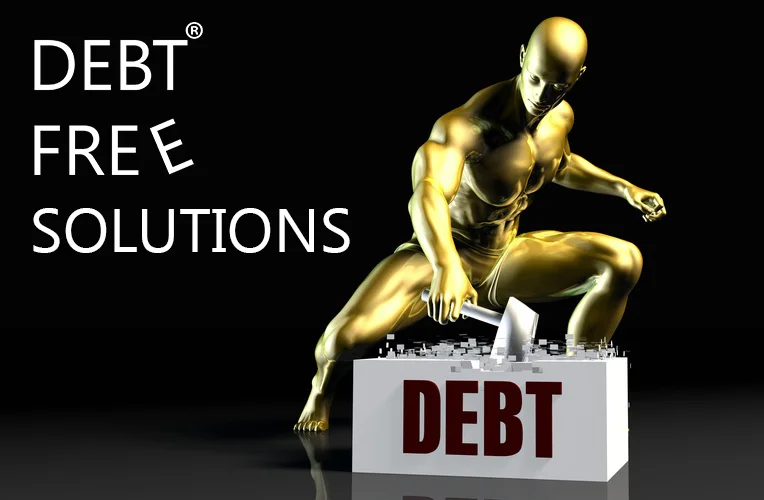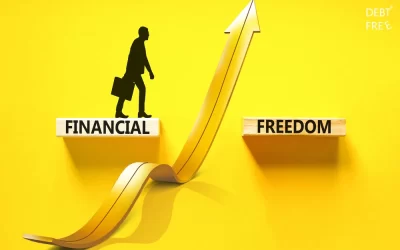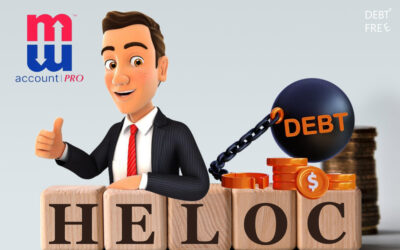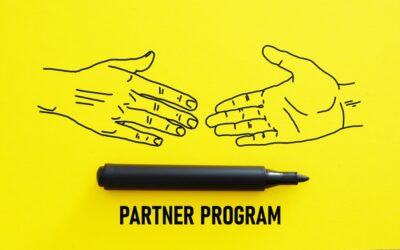

Assessing Your Financial Situation
The first step in effective debt management is to gain a clear understanding of your financial landscape. Begin by compiling a comprehensive list of all your debts, including credit cards, personal loans, and any other financial obligations. Knowing the total amount owed and the interest rates associated with each debt will help you prioritize your repayment strategy.
Building a Solid Budget
A well-crafted budget is essential for managing your finances effectively. By Tracking Your Income And Expenditures, you can identify areas where you can cut back and allocate more funds toward debt repayment. Consider using budgeting apps or tools to streamline this process and keep your finances organized.
Effective Debt Reduction Techniques
Here are several approaches to consider when looking to reduce your financial obligations:
- Debt Snowball Approach: Focus on paying off your smallest debts first while making minimum payments on larger debts. This method can provide quick wins and motivate you to continue.
- Debt Avalanche Approach: Prioritize debts with the highest interest rates. This strategy can save you money over time by reducing the total interest paid.
- Consolidation Options: Explore consolidating multiple debts into a single loan with a lower interest rate. This can simplify your payments and reduce overall interest costs.
Enhancing Your Credit Score
Your credit score is a vital component of your financial health. A higher score can lead to better loan terms and lower interest rates. Here are some tips to improve your credit rating:
- Make timely payments on all your bills to establish a positive payment history.
- Keep credit card balances low relative to your credit limits to maintain a healthy credit utilization ratio.
- Avoid opening multiple new credit accounts in a short period, as this can negatively impact your score.
Seeking Professional Guidance
If you find yourself feeling overwhelmed, consider reaching out to financial advisors or credit counseling services. These professionals can provide personalized guidance tailored to your unique situation, helping you navigate your financial challenges more effectively.
Tools for Effective Debt Management
Utilizing the right tools can significantly enhance your journey toward financial stability. Below is a table of popular debt management tools that can assist you:
| Tool | Description | Cost |
| Mint | A Budgeting Tool that helps track expenses and manage finances effectively. | Free |
| Credit Karma | Offers free credit scores and monitoring to help you stay informed. | Free |
| Debt Payoff Planner | Assists in creating a personalized debt repayment plan tailored to your needs. | Varies |
By implementing these strategies and utilizing available resources, you can take significant steps toward managing your debt effectively. Remember, the journey to financial stability is a gradual process. Stay committed, and you will see progress over time.
Understanding Different Types of Debt
To effectively manage your financial obligations, it’s crucial to understand the different types of debt you may encounter. Each type has its own characteristics, advantages, and disadvantages. Below is a table summarizing common types of debt:
| Type of Debt | Description | Pros | Cons |
| Credit Card Debt | Unsecured debt incurred through credit card purchases. | Flexible repayment options; rewards programs. | High-interest rates; potential for debt accumulation. |
| Personal Loans | Unsecured loans typically used for personal expenses. | Fixed interest rates; predictable payments. | Higher interest rates than secured loans; potential fees. |
| Student Loans | Loans taken out to pay for education expenses. | Lower interest rates; deferment options. | Long repayment terms; potential for high total interest. |
| Mortgage Debt | Secured loan used to purchase real estate. | Lower interest rates; tax benefits. | Risk of foreclosure; long-term commitment. |
Common Mistakes to Avoid in Debt Management
While managing debt, it’s easy to make mistakes that can hinder your progress. Here are some common pitfalls to avoid:
- Ignoring the Problem: Avoiding your debts can lead to increased stress and financial instability. Address issues head-on.
- Only Making Minimum Payments: Paying only the minimum on credit cards can prolong debt and increase interest costs.
- Taking on More Debt: Accumulating new debt while trying to pay off existing obligations can create a cycle of financial strain.
Key Takeaways for Effective Debt Management
Here are some essential points to remember as you work towards managing your debt:
- Regularly review your financial situation and adjust your budget as needed.
- Prioritize high-interest debts to minimize overall costs.
- Consider professional help if you’re feeling overwhelmed.
- Stay informed about your credit score and take steps to improve it.
Conclusion: Taking Control of Your Financial Future
Navigating through the process of managing your debt can feel like a challenging journey, but with dedication, knowledge, and effective strategies in place, you can make significant progress towards eliminating your debts. Understanding the ins and outs of your financial situation, utilizing helpful tools, and steering clear of common pitfalls are key components to achieving financial stability. It’s important to remember that every small step you take matters, and by staying persistent, you can pave the way towards a future free from debt.
To effectively eliminate debt, consider the following expert strategies:
- Create a Budget: Start by assessing your income and expenses to understand where your money is going. This will help you identify areas where you can cut back.
- Prioritize Debts: List all your debts and prioritize them based on interest rates or balances. The avalanche method (paying off high-interest debts first) or the snowball method (paying off smallest debts first) are popular strategies.
- Increase Payments: Whenever possible, pay more than the minimum payment on your debts to reduce principal faster and save on interest over time.
- Consolidate Debt: Consider consolidating multiple debts into one with a lower interest rate through options like personal loans or balance transfer credit cards.
- Negotiate with Creditors: Contact creditors to negotiate better terms, such as reduced interest rates or extended payment plans, which can make managing payments easier.
- Cut Unnecessary Expenses: Identify non-essential spending that can be reduced or eliminated entirely to free up more funds for debt repayment.
- Boost Income: Look for ways to increase your income through side jobs, freelance work, or selling unused items around the house.
- Use Windfalls Wisely: Apply any unexpected financial gains, like tax refunds or bonuses, directly towards paying down debt rather than splurging on discretionary purchases.
- Seek Professional Help if Needed: If you are overwhelmed by debt, consider consulting a financial advisor or credit counseling service for personalized advice and support in creating an effective plan.
- Stay Committed and Patient: Eliminating debt takes time and discipline; stay focused on long-term goals even when progress seems slow.
When considering a product or program focused on debt-free living, there are several key factors and decision-making considerations to keep in mind, including the Money Max account, a money management tool designed to help eliminate debt. Here are some key points to consider regarding the Money Max account:
- Credibility of the Source: Research the background of the Money Max account provider. Look for reviews, testimonials, and any professional credentials that lend credibility.
- Content Quality: Evaluate what is included in the Money Max account program—features, tools, and resources—and assess whether it provides comprehensive and actionable advice tailored to your financial situation.
- Cost vs. Value: Consider whether the price of the Money Max account aligns with its potential benefits. Compare it to similar products to ensure you’re getting good value for your investment.
- Personalization: Determine if the Money Max account offers personalized guidance or one-size-fits-all solutions. Personalized advice can be more effective in addressing unique financial situations.
- Practicality and Usability: Assess how practical and easy-to-implement the strategies are within your current lifestyle and financial circumstances.
- Support System: Check if there is ongoing support available through forums, coaching sessions, or customer service that can help you stay on track with your goals.
- Success Stories/Case Studies: Look for evidence of success from others who have used the Money Max account—real-life case studies can provide insight into its effectiveness.
- Flexibility and Adaptability: Ensure that the Money Max account allows flexibility to adapt as personal circumstances change over time without derailing progress toward becoming debt-free.
- Risk Assessment and Guarantees: Understand any risks involved with following their methods (e.g., impact on credit score) and check if there’s a money-back guarantee if expectations are not met.
- Alignment with Personal Values and Goals: Make sure that the Money Max account aligns with your personal values and financial goals.
By considering these factors, you can make an informed decision about whether the Money Max account is the right tool for your journey toward debt elimination and financial freedom.
Additional Resources
For further reading and assistance, consider exploring the following resources:
- Consumer Financial Protection Bureau – Offers tools and resources for managing debt.
- National Foundation for Credit Counseling – Provides access to certified credit counselors.
- myFICO – Learn about credit scores and how to improve them.
- Money Max Account – Eliminate all debts within 5 to 7 years. No Refinancing!









